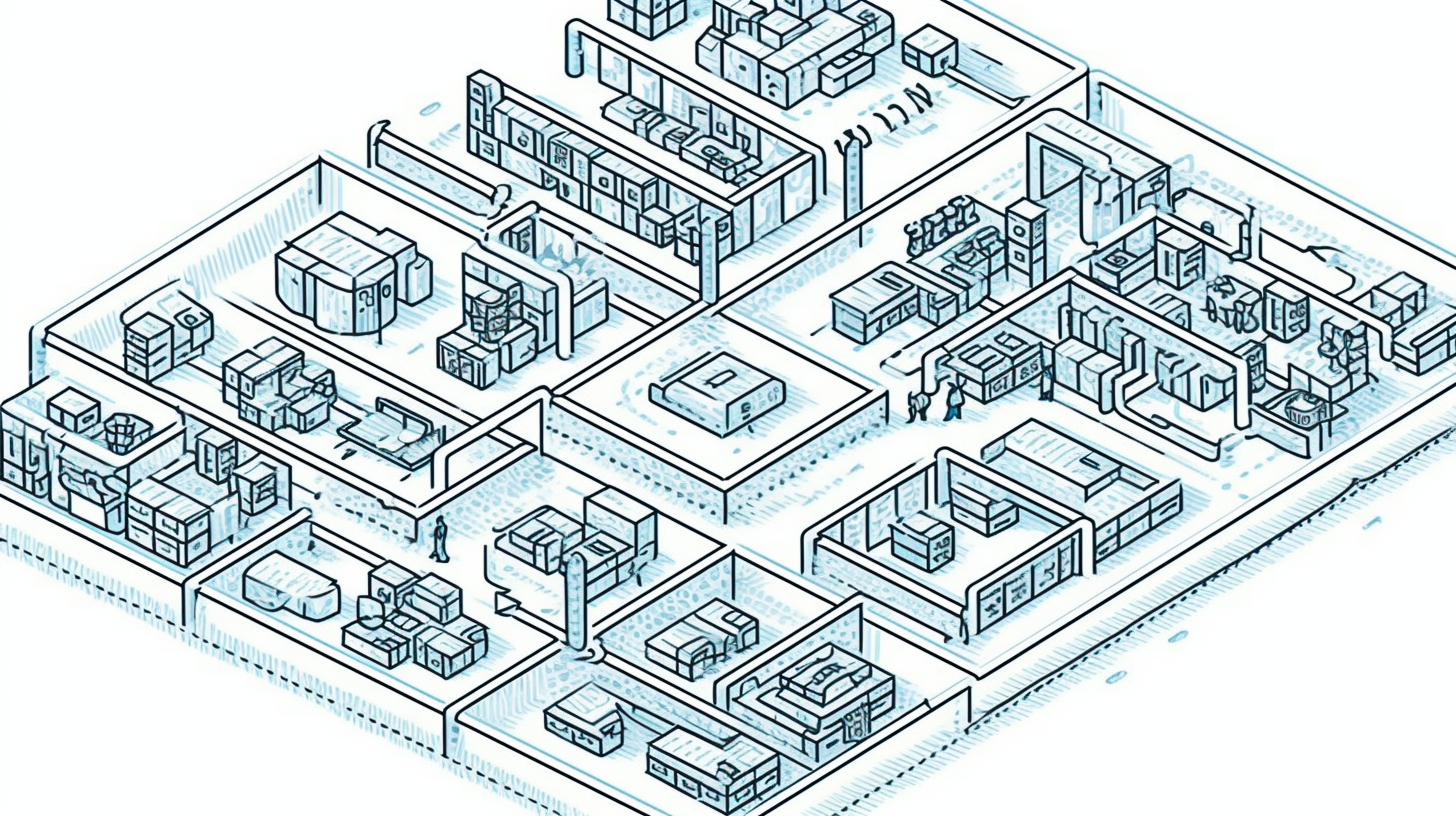Unraveling the Threads: A Comparative Look at Common Network Configuration Concepts

If you ever peeked under the hood of the complex machine that are computer networks, you'd be struck dumb by the variety of configurations they can take. With a countless array of permutations and combinations, understanding network configurations is a bit like trying to nail jello to a wall, slippery and elusive. As part of CompTIA A+ Core 1 (220-1101) exam, this article will dive deep into the abyss of common network configuration concepts, bringing to light their differences and similarities in a way that is both comprehensible and, dare I say, fascinating.
Keeping it Academic: Peer-to-Peer vs. Client-Server Configurations
In the land of network configurations, there two kings reign supreme: peer-to-peer (P2P) and client-server models. These two, although diametrically distinct in their operation and organization, form the beating heart of modern computing communication infrastructure.
The P2P model, as its moniker might indicate, is all about equality. In this model, all computers (peers) have equal capabilities and responsibilities. It's a bit like a roundtable where all members have an equal say. These peers share their resources, like files or disk storage, directly with other peers without a need for a central server. This democratic arrangement engenders a high degree of fault tolerance and allows resources to be distributed across the network.
On the other end of the spectrum lies the client-server configuration. This is your typical hierarchical structure with a clear division of labor. Here, a central server calls the shots, providing services and managing resources, while clients request those services. This setup is efficient and makes for easy management and maintenance, but places all eggs in the server basket, making the system vulnerable to server failures.
Bringing in the Stats: Industry Adoption of P2P and Client-Server Configurations
Let's kick things up a notch with some figures, because as we all know, 'numbers speak louder than words'. MarketsandMarkets predicts a rather bullish trend for the P2P lending market, expecting it to clock a Compounded Annual Growth Rate (CAGR) of 19.41% and reach a staggering $558.91 billion by 2027.
If your mind paints a picture of P2P conquering the world, then you might want to rein in your horses. The client-server model continues to hold on to its dominance steadfastly. Reports align in predicting that the global server market, valued at $61.46 billion in 2020, will soar to a phenomenal $119.34 billion by 2028, with an anticipated CAGR of 8.5% during the forecast period.
These figures paint a clear picture of the significance and popularity of both configurations in our current technology landscape. Each bears its own perks and caveats, and the choice between the two largely depends on the specific needs and constraints of their respective adopters.
To wrap it up, the common network configuration concepts of P2P and client-server populate the vast landscape of modern computing. Each brings its own flavors to the table. Grasping the sharp contrasts, along with the subtle dynamics between these two, stands vital in steering your way through the intricate maze of computer networks. So, bear this in mind when you next tread into this territory: it isn't a one-size-fits-all scenario. Make a wise choice, or even better, an informed one.